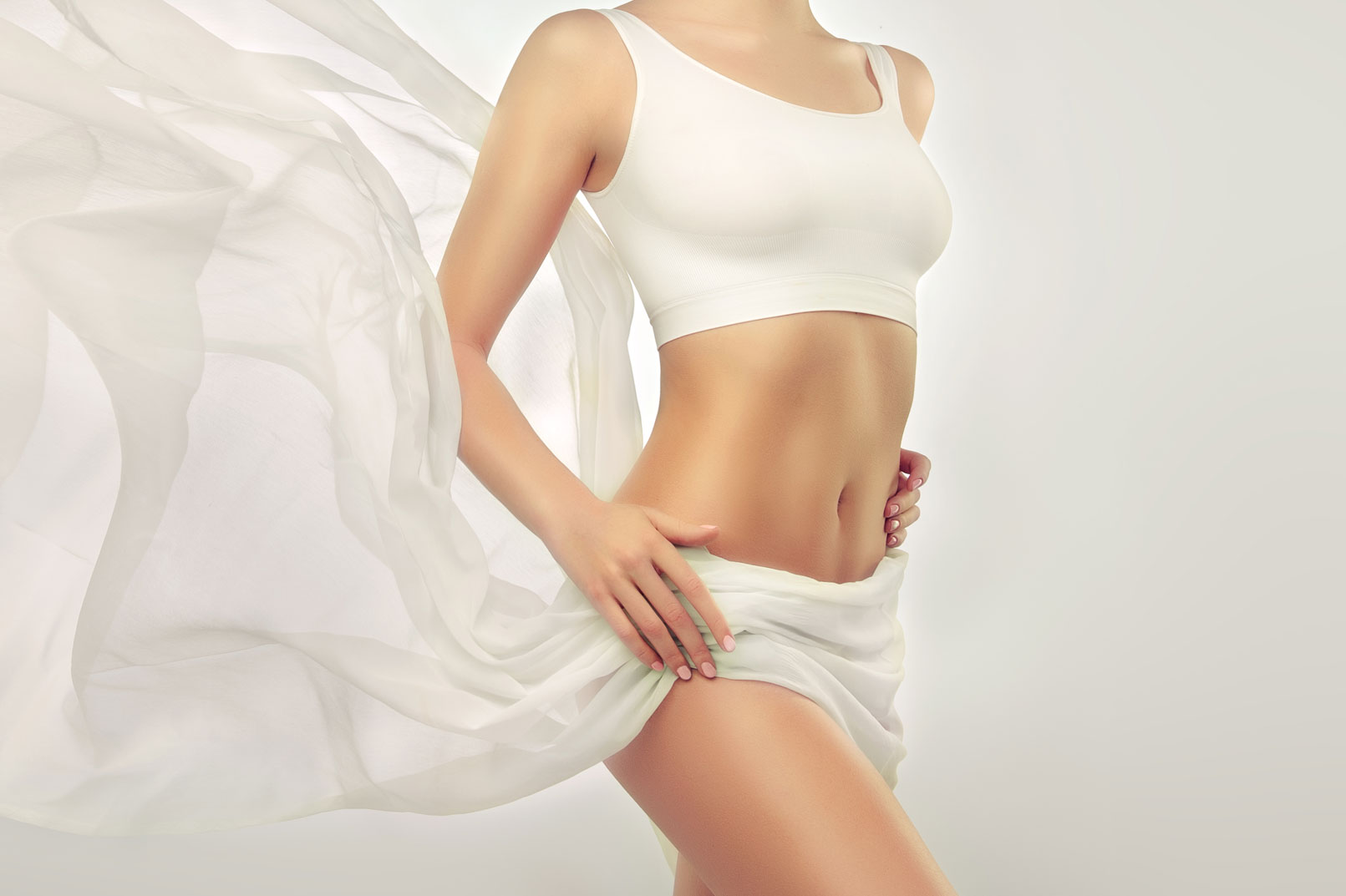
26 May 5 reasons pure silk is perfect for your lingerie
In this article, we’ll be getting up close and personal with silk and all of its intimate secrets! How? We’ll be diving deeper into the properties of this fibre, and we’ll be exploring underwear made of silk.
Silk underwear: properties
Briefs, bras, vests… underwear is the garment most in contact with the skin. That’s why it’s important to choose the fabric very carefully.
When it comes to keeping allergies, infections and unpleasant odours at bay, natural fibres such as cotton and silk are the natural choice.
Silk is a fine luxury fabric, soft to the touch and with a luminous sheen. But as well as looking and feeling spectacular, silk has unique properties that make it perfect for undergarments.
1. Fit and flex: silk is a naturally flexible fibre, meaning it adapts perfectly to body shape without deforming.
2. Wick away wetness: silk absorbs moisture and has one of the highest evaporation rates of all fibres, leaving skin feeling dry.
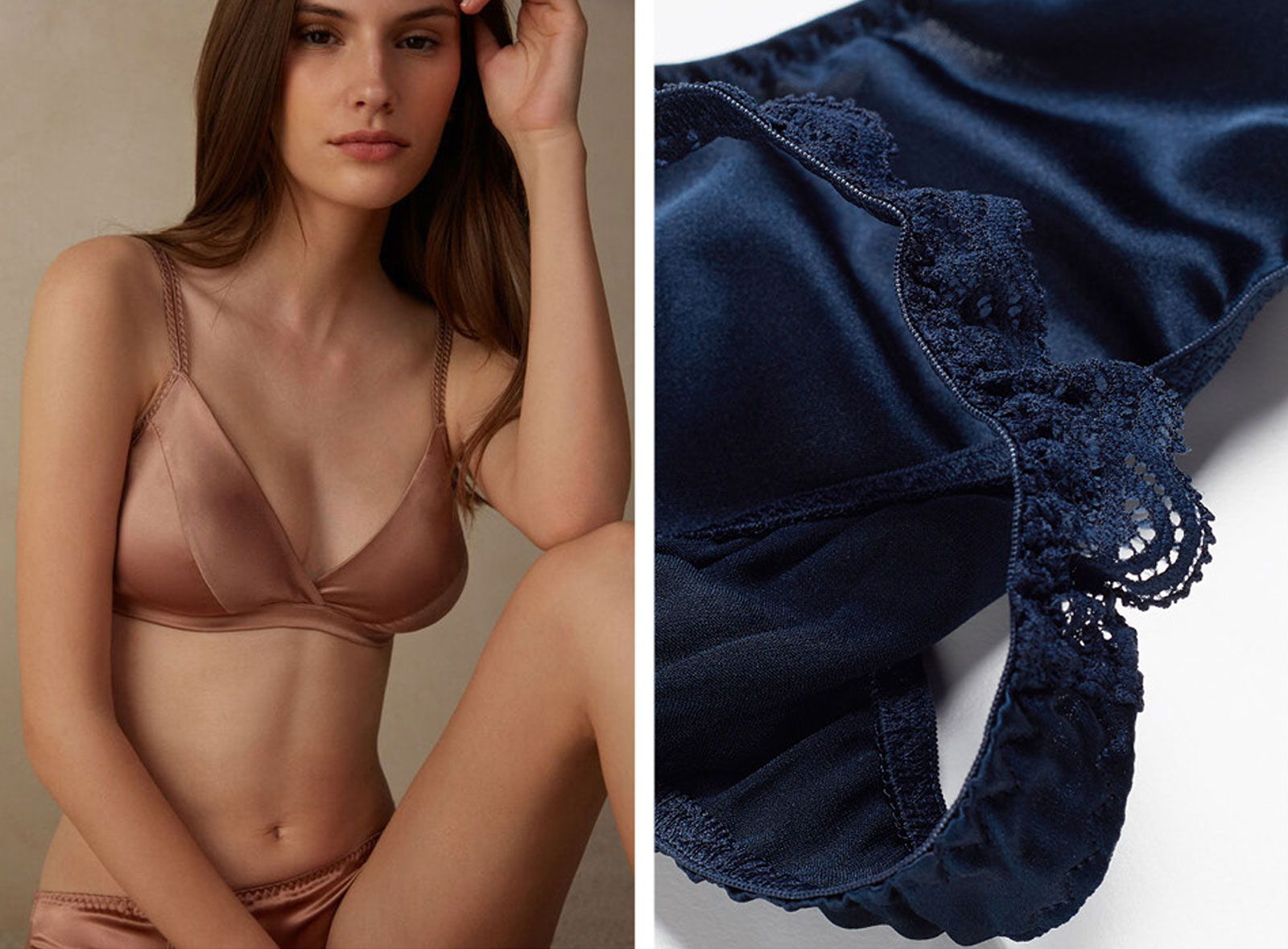
Source: intimissimi.com
3. Insulate and regulate: silk is an excellent insulator, keeping you cool in summer and warm in winter.
4. Naturally hypoallergenic and antibacterial: silk is suitable even for the most sensitive, delicate skin.
5. Silky smooth: silk is friction-free and avoids skin irritation, for ultimate comfort.
Silk lingerie: sexy or serviceable?
Silk is usually associated with luxury garments and not everyday wear, but opting for silk underwear on a daily basis can help with various skin and mucous-membrane problems.

How? Because silk fibroin – the most noble of silk’s proteins – is very similar to our skin. An antimicrobial additive is used with fibroin to make a therapeutic fabric – listed in the European guidelines for treating atopic eczema – capable of limiting the proliferation of bacteria and fungi. These garments are recommended by both paediatricians and gynaecologists, to prevent and counteract genital disorders, infections and vulvar pathologies.
In short, underwear made from fibroin with an additive retains all the properties of traditional silk underwear, with the added benefit of providing antimicrobial protection.
Women’s underwear: where it all began
The earliest use of undergarments, to avoid direct contact between the skin and items of clothing, dates back to the ancient Egyptians. Pharaoh Tutankhamun, for example, used linen bandages to protect his private parts. The ancient Romans were also attentive to cleanliness and personal hygiene: both men and women wore a subligaculum, a linen cloth wrapped around the thighs and fastened around the waist, as an undergarment.
It was the Queen Consort of France, Catherine de Medici, who first introduced drawers in the 16th century. The term refers to “garments that are pulled (or drawn) on”. She would wear them under her clothes to go horse riding, and was responsible for turning them into a luxury accessory.
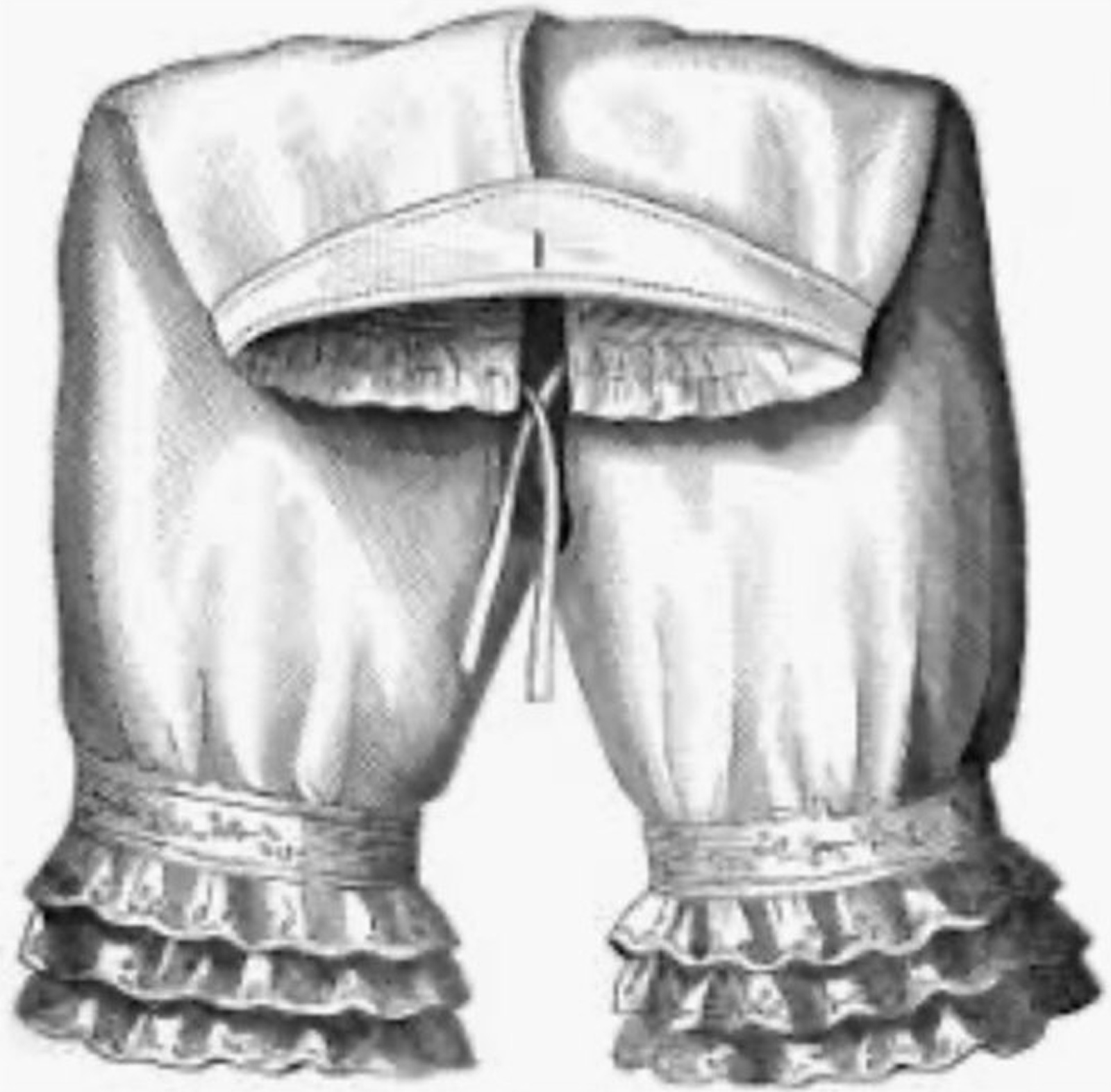
Source: quora.com
In the 17thcentury, the Church banned the use of underwear, considered vulgar, and it was not until the 19thcentury that women’s undergarments reappeared. Bloomers were brought onto the scene by the wealthy. Donned and decorated, they would, over time, become shorter and shorter.
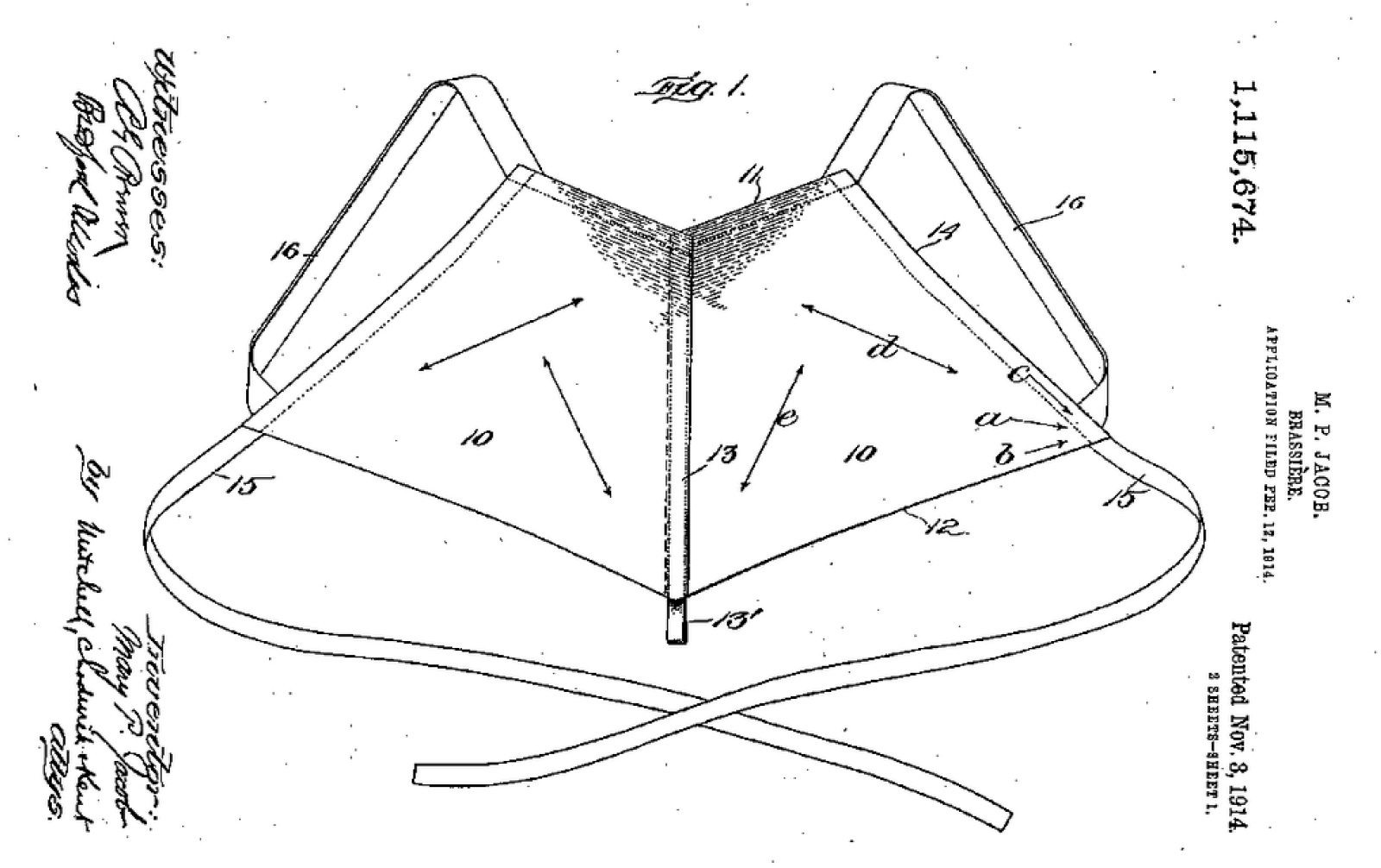
Source: it.wikipedia.org
Lingerie as we intend it today first came about in the 20thcentury as knickers got scantier, and the first modern bra was made. This was a real revolution for women who had been squeezing into corsets for centuries. New York activist and writer Caresse Crosby is to thank for this. She created the first bra prototype by sewing together two handkerchiefs with a pink ribbon. Her invention was patented in 1914.
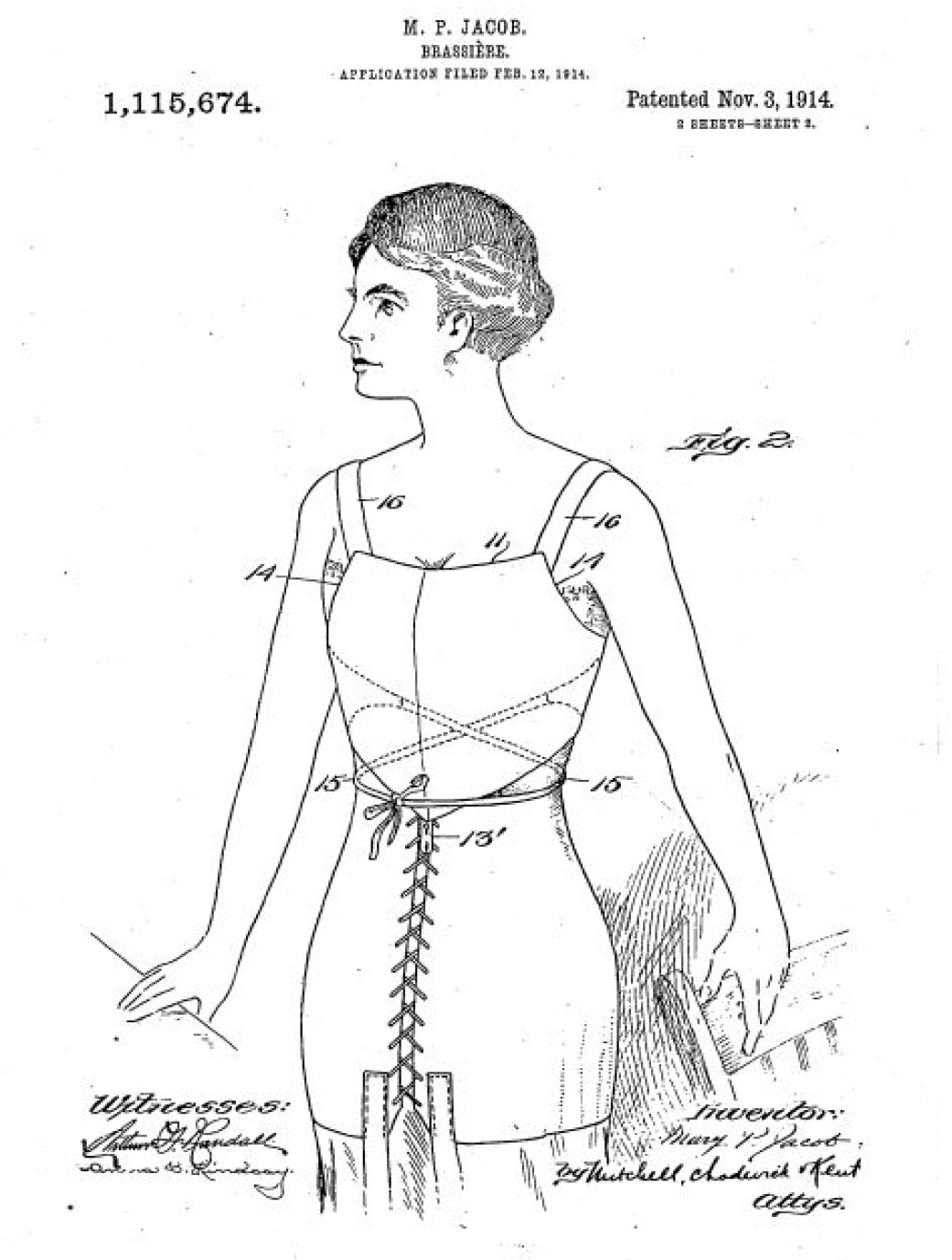
Source: it.wikipedia.org
Since the 1960s, underwear has gone from being a simple garment to be hidden under your clothes to an integral part of fashion collections to be flaunted.
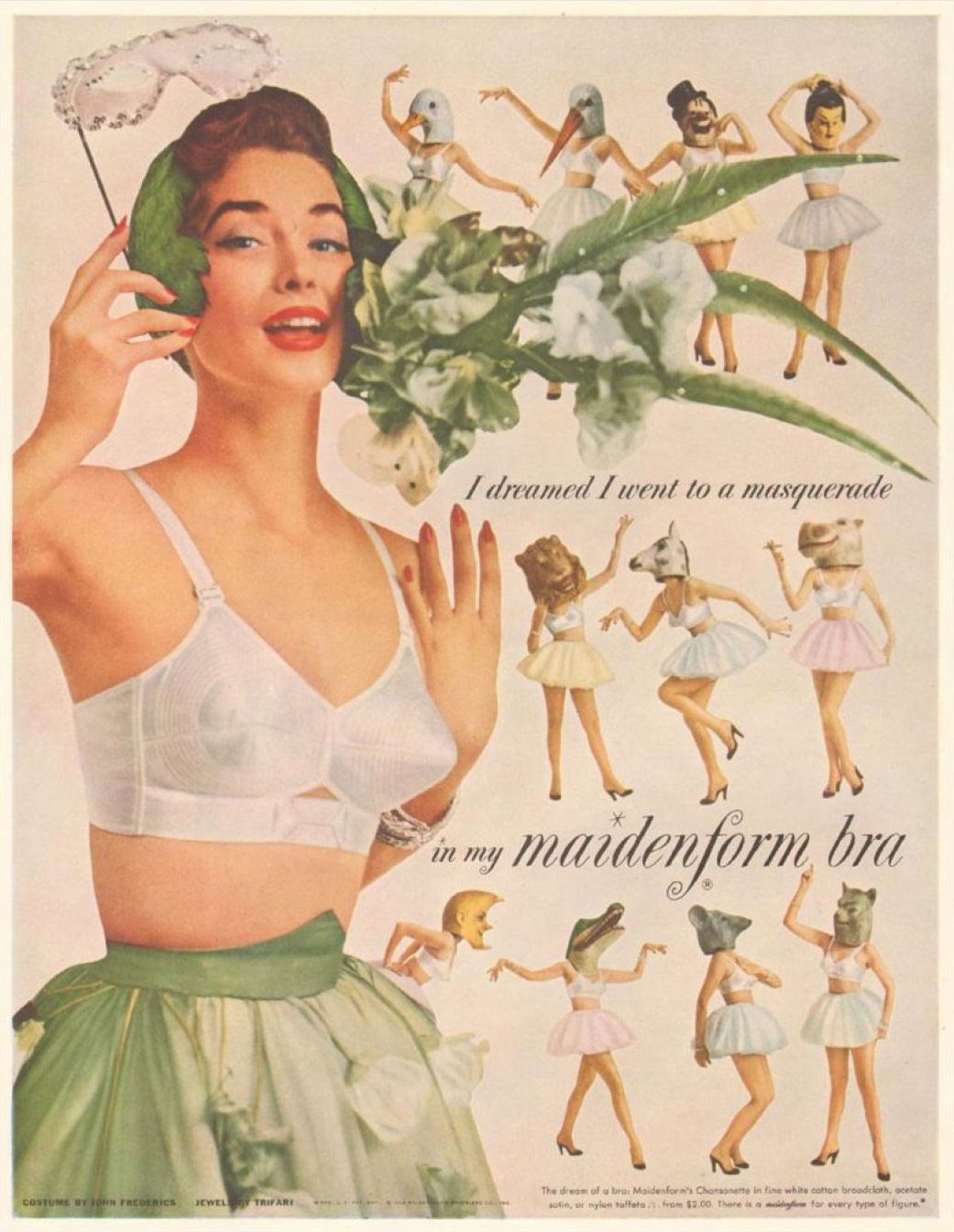
Source: ohlabra.com
So, in summary, why choose silk for your lingerie?
Because it’s comfortable, breathable, 100% natural and, of course, sumptuously silky!




Sorry, the comment form is closed at this time.